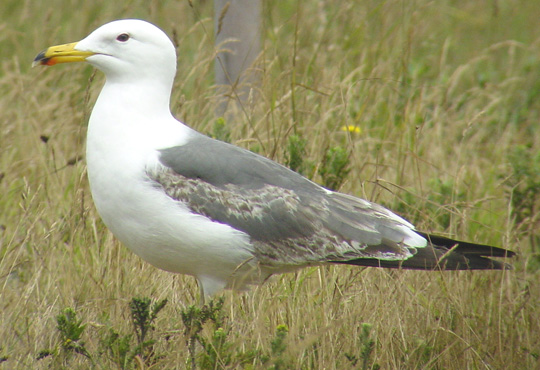
Photo 2: LBBG 3cy, June 17 2001, Missouriweg, Maasvlakte, the Netherlands.
Second summer (3cy) LBBGs normally show a grey saddle formed by mantle and
scapulars. Some of the coverts are moulted to 3rd generation, but most
still contrast with the grey saddle. Sometimes the entire median covert row is
replaced, creating a grey bar. Also, inner greater and inner lessers may
be replaced and sometimes there is a distinct difference in grey tone. On
average in June, moult is in progress in the tertials, a few being
replaced, a few still brown, 2nd generation.
The 2nd generation abraded coverts are pale brown-white barred, the
fringes are worn away. Intermedius type LBBGs may show plain old abraded
coverts and very dark grey new feathers.
There seems to be only small variation in this age class, but tail
feathers can show distinct differences: it might be anything from a clear
tail-band, spaghetti pattern, black-and-white variegated patterns to a snow
white tail.
June 16-17 2001, most 2cy LBBGs moult the inner primaries. Normally p1 up to p4
is missing; it may be advanced and sometimes p1 or even p2 is already visible.
The outer primaries are clearly old 2nd generation feathers, without tips and no mirror on p10.
Some winter streaking may still be visible in the lower neck, but often the
under parts, neck and head are clean white.
The iris (yellow or brown), bill (extension black variable) and legs (pale
yellow, pinkish, bright yellow) show some variation in this age class.
Here, note the dark iris.
